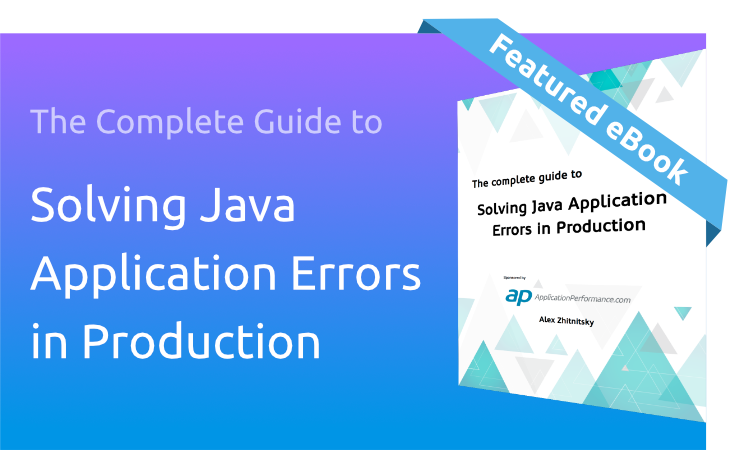Turbocharging AppDynamics with OverOps

OverOps is a platform for software reliability which has the ability to integrate with other tools used through the software development lifecycle such as tools for CI/CD, Bug tracking, Alerting, Reporting, Log Management as well as APM tools such as AppDynamics.
AppDynamics users can click through via a link that will take them to an OverOps screen showing the exact code and variables that were used in production at the time of an error.
AppDynamics is a leading APM (Application Performance Management) tool which monitors the performance of your applications in production and can also give visibility into the errors and exceptions that your application is throwing. AppDynamics is very good at giving you the error context such as which business transactions and which users were affected. AppDynamics can also show the error message or stack trace but often those aren’t enough for a developer to diagnose the root cause of the problem without having to spend time in a pre-production environment attempting to reproduce the issue.
In a pre-production environment, a developer can fire up a debugger and step through the source code to see the variables and their states. But often reproducing a problem can be hard, or even impossible, as you don’t know the exact input variables that occurred in the production environment that led to the error.
OverOps gives you the exact source code and variable state that were used at the moment when the error occurred in production. This means you no longer have to spend a long time attempting to reproduce it and can move straight to the fix.
From AppDynamics to OverOps in 1-click
To see the integration in action watch this short video. With a single click you can jump from the application error reported by AppDynamics to the source code and variable state view inside OverOps.
A similar integration is also available for Splunk, SumoLogic, ELK, dynatrace, New Relic and others.
OverOps can also post notifications of new errors to JIRA, Slack, HipChat or ServiceNow.
If you’d like to read up more on techniques for addressing java problems, then check out our e-book :

